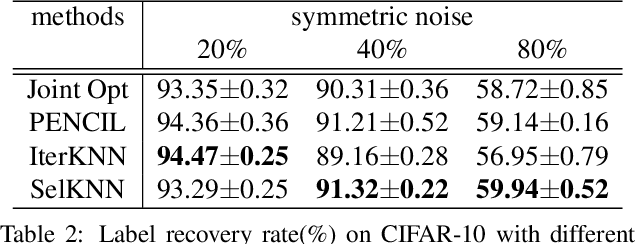Amin Rezaei
Uncertainty-Aware Hardware Trojan Detection Using Multimodal Deep Learning
Jan 23, 2024Abstract:The risk of hardware Trojans being inserted at various stages of chip production has increased in a zero-trust fabless era. To counter this, various machine learning solutions have been developed for the detection of hardware Trojans. While most of the focus has been on either a statistical or deep learning approach, the limited number of Trojan-infected benchmarks affects the detection accuracy and restricts the possibility of detecting zero-day Trojans. To close the gap, we first employ generative adversarial networks to amplify our data in two alternative representation modalities, a graph and a tabular, ensuring that the dataset is distributed in a representative manner. Further, we propose a multimodal deep learning approach to detect hardware Trojans and evaluate the results from both early fusion and late fusion strategies. We also estimate the uncertainty quantification metrics of each prediction for risk-aware decision-making. The outcomes not only confirms the efficacy of our proposed hardware Trojan detection method but also opens a new door for future studies employing multimodality and uncertainty quantification to address other hardware security challenges.
* 2024 Design, Automation and Test in Europe Conference | The European Event for Electronic System Design & Test (accepted)
Systematic review of image segmentation using complex networks
Jan 05, 2024Abstract:This review presents various image segmentation methods using complex networks. Image segmentation is one of the important steps in image analysis as it helps analyze and understand complex images. At first, it has been tried to classify complex networks based on how it being used in image segmentation. In computer vision and image processing applications, image segmentation is essential for analyzing complex images with irregular shapes, textures, or overlapping boundaries. Advanced algorithms make use of machine learning, clustering, edge detection, and region-growing techniques. Graph theory principles combined with community detection-based methods allow for more precise analysis and interpretation of complex images. Hybrid approaches combine multiple techniques for comprehensive, robust segmentation, improving results in computer vision and image processing tasks.
KNN-enhanced Deep Learning Against Noisy Labels
Dec 08, 2020



Abstract:Supervised learning on Deep Neural Networks (DNNs) is data hungry. Optimizing performance of DNN in the presence of noisy labels has become of paramount importance since collecting a large dataset will usually bring in noisy labels. Inspired by the robustness of K-Nearest Neighbors (KNN) against data noise, in this work, we propose to apply deep KNN for label cleanup. Our approach leverages DNNs for feature extraction and KNN for ground-truth label inference. We iteratively train the neural network and update labels to simultaneously proceed towards higher label recovery rate and better classification performance. Experiment results show that under the same setting, our approach outperforms existing label correction methods and achieves better accuracy on multiple datasets, e.g.,76.78% on Clothing1M dataset.
 Add to Chrome
Add to Chrome Add to Firefox
Add to Firefox Add to Edge
Add to Edge